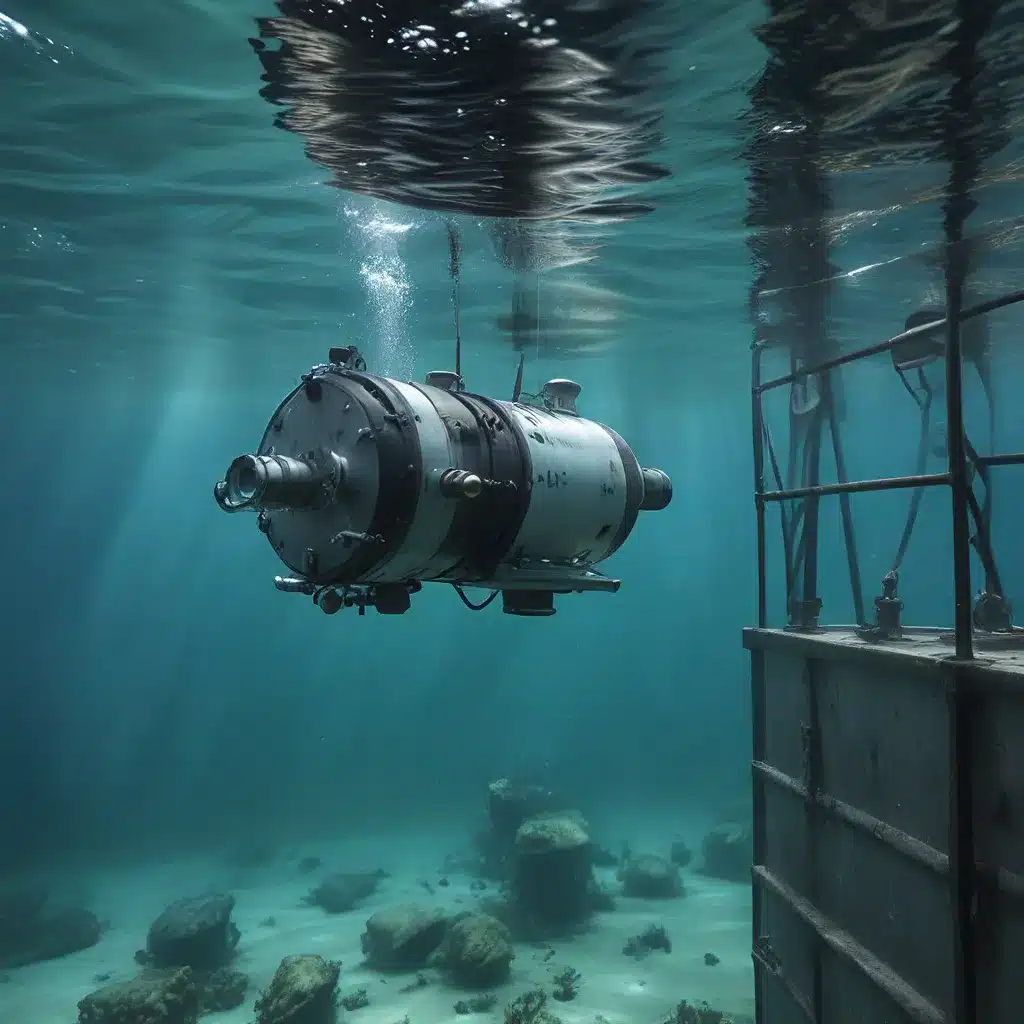
In the rapidly evolving world of sensor networks and the Internet of Things (IoT), the design and deployment of underwater sensor networks have become increasingly crucial. These advanced systems play a vital role in applications ranging from environmental monitoring and resource management to disaster response and marine exploration. However, the unique challenges posed by the aquatic environment, such as limited power supply, data transmission constraints, and sensor reliability, require innovative solutions to optimize their performance and ensure long-term sustainability.
Advancements in Underwater Sensor Network Design
One of the key advancements in underwater sensor network design is the development of intelligent forecasting algorithms. These advanced algorithms leverage predictive analytics and machine learning techniques to anticipate and mitigate potential issues that may arise during sensor deployments, ultimately enhancing the overall reliability and energy efficiency of the system.
Recent research has demonstrated the effectiveness of these intelligent forecasting approaches in predicting factors such as battery life, data transmission rates, and sensor degradation. By leveraging historical data, environmental conditions, and real-time sensor feedback, these algorithms can proactively identify potential bottlenecks and optimize resource allocation to ensure the longevity and performance of the underwater sensor network.
Predictive Maintenance and Adaptive Resource Allocation
One of the key benefits of intelligent forecasting in underwater sensor networks is the ability to predict and preemptively address potential maintenance issues. By analyzing sensor data and environmental conditions, the forecasting algorithms can identify anomalies or early signs of sensor degradation, allowing for targeted maintenance interventions before critical failures occur.
This predictive maintenance approach not only enhances the reliability of the sensor network but also reduces the overall operational costs associated with unplanned repairs or sensor replacements. Furthermore, the adaptive resource allocation capabilities of these forecasting algorithms enable the optimal distribution of power, communication bandwidth, and computational resources based on anticipated needs, thereby minimizing energy consumption and extending the operational lifespan of the underwater sensor network.
Enhancing Cybersecurity and Data Integrity
As the reliance on IoT-based sensor networks continues to grow, the security and data integrity of these systems have become paramount. Intelligent forecasting algorithms can play a crucial role in enhancing the cybersecurity of underwater sensor deployments by proactively identifying and mitigating potential security vulnerabilities.
Researchers have demonstrated the use of machine learning-based anomaly detection to identify and respond to cyber threats, such as unauthorized access attempts, data tampering, or distributed denial-of-service (DDoS) attacks. By continuously monitoring sensor data and network behavior, these forecasting algorithms can trigger early warning systems and adaptive security measures to protect the integrity of the underwater sensor network and the critical data it collects.
Practical Applications and Case Studies
The integration of intelligent forecasting in underwater sensor networks has led to significant advancements in various real-world applications. One such example is the deployment of sensor networks for environmental monitoring in coastal regions and marine protected areas.
A case study from the National Oceanic and Atmospheric Administration (NOAA) highlights the successful implementation of an underwater sensor network that utilizes predictive analytics to optimize energy consumption and enhance the reliability of data collection. By accurately forecasting factors such as battery life, biofouling rates, and data transmission performance, the system was able to adapt its operations to ensure continuous and uninterrupted monitoring of critical marine habitats.
Another notable application is the use of intelligent forecasting in disaster response and emergency management. Underwater sensor networks deployed in coastal regions can provide early warning systems for tsunamis, storm surges, and other natural disasters. By leveraging predictive models, these sensor networks can anticipate and respond to such events, enhancing the resilience of coastal communities and supporting rapid response efforts.
Challenges and Future Developments
Despite the significant advancements in intelligent forecasting for underwater sensor networks, there are still several challenges that need to be addressed. One of the key challenges is the limited power supply available to these sensor nodes, which can be exacerbated by the unique environmental conditions of the aquatic environment.
Researchers are exploring innovative solutions, such as energy harvesting techniques, adaptive power management, and energy-efficient communication protocols, to optimize the energy consumption of underwater sensor networks. Additionally, the development of self-healing and self-configuring sensor nodes can further enhance the reliability and resilience of these systems in the face of unexpected failures or environmental changes.
As the Internet of Underwater Things (IoUT) continues to evolve, the integration of 5G and 6G technologies, as well as satellite communication, will play a crucial role in expanding the coverage and data transmission capabilities of underwater sensor networks. These advancements, coupled with the continued refinement of intelligent forecasting algorithms, will enable the creation of more robust, energy-efficient, and secure sensor deployments that can better serve the needs of various industries and environmental monitoring efforts.
By leveraging the power of predictive analytics, machine learning, and adaptive resource management, the sensor network industry can unlock new possibilities for sustainable, reliable, and impactful underwater sensor deployments, ultimately enhancing our understanding and stewardship of the aquatic environments that are so vital to our planet.